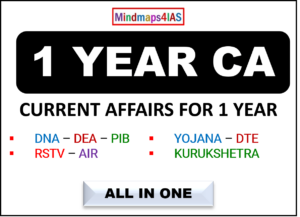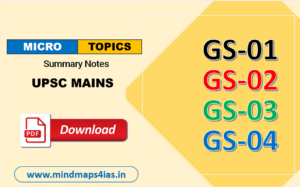- Source – The Hindu
- Link – https://www.thehindu.com/opinion/lead/computer-literacy-in-india-needs-a-reboot/article68367762.ece
- Syllabus – GS Paper 02
- Topic – Social Sector-Education
What is the issue?
Computer literacy is increasingly vital in today’s digital age, essential for accessing various services and enhancing quality of life. In India, despite progress, significant disparities exist, particularly in rural and economically disadvantaged areas, necessitating focused educational and training programs to bridge the digital divide.
Current State of Computer Literacy in India
- National Statistics: As of 2020-21, 24.7% of Indians aged 15 and above are computer literate, up from 18.4% in 2017-18.
- Rural vs. Urban: In rural areas, literacy rose from 11.1% to 18.1%, while urban areas saw an increase from 34.7% to 39.6%.
- State Disparities: Kerala has the highest computer literacy at 72.7% (ages 20-39), while Assam has the lowest at 17.6%. Economically disadvantaged states like Bihar, Madhya Pradesh, Jharkhand, Uttar Pradesh, Odisha, Chhattisgarh, and Rajasthan have rates below 30%.
Importance of Computer Literacy
- Access to Services:
- Digital Services: Enables the use of online banking, healthcare management, and government services.
- Quality of Life: Improves efficiency and accessibility in daily life activities.
- Educational Benefits:
- Online Learning: Crucial during the COVID-19 pandemic for continuing education and accessing necessities.
- Employment Opportunities:
- Employability: Adults with computer skills have higher employment rates (72.7%) compared to those without (52.5%).
- Productivity: Enhances job prospects and productivity in various sectors.
- Economic Impact:
- Regional Development: Higher computer literacy regions like Kerala show better socio-economic development, correlating with higher employment probability and earnings.
Challenges in Improving Computer Literacy
- Infrastructure Shortfalls:
- Educational Facilities: Many institutions lack necessary computer facilities and qualified instructors, limiting access to digital skills education.
- Generational Divide:
- Older Populations: Less interest and lower adoption rates among older individuals.
- Economic and Geographical Gaps:
- Disadvantaged States: States with economic challenges face lower computer literacy rates, exacerbating social inequalities.
What needs to be done?
- Enhance School Programs:
- Curriculum Integration: Ensure all students graduate with basic computer literacy skills.
- Access and Instruction: Address gaps in access and quality of instruction.
- Invest in Infrastructure:
- Resource Allocation: Government investment in better computer facilities and training qualified personnel in educational institutions.
- Target Adult Education:
- Community Programs: Implement targeted programs for older populations through local governing bodies and NGOs.
- Focus on Disadvantaged States:
- Special Initiatives: Launch initiatives in states like Assam and Bihar to bridge the digital divide and promote inclusive growth.
Addressing computer literacy in India requires a multi-faceted approach, encompassing enhanced school programs, infrastructure investment, adult education, and focused initiatives in disadvantaged states. By bridging the digital divide, India can ensure more equitable access to digital opportunities, fostering socio-economic development and improving quality of life for all its citizens.
















